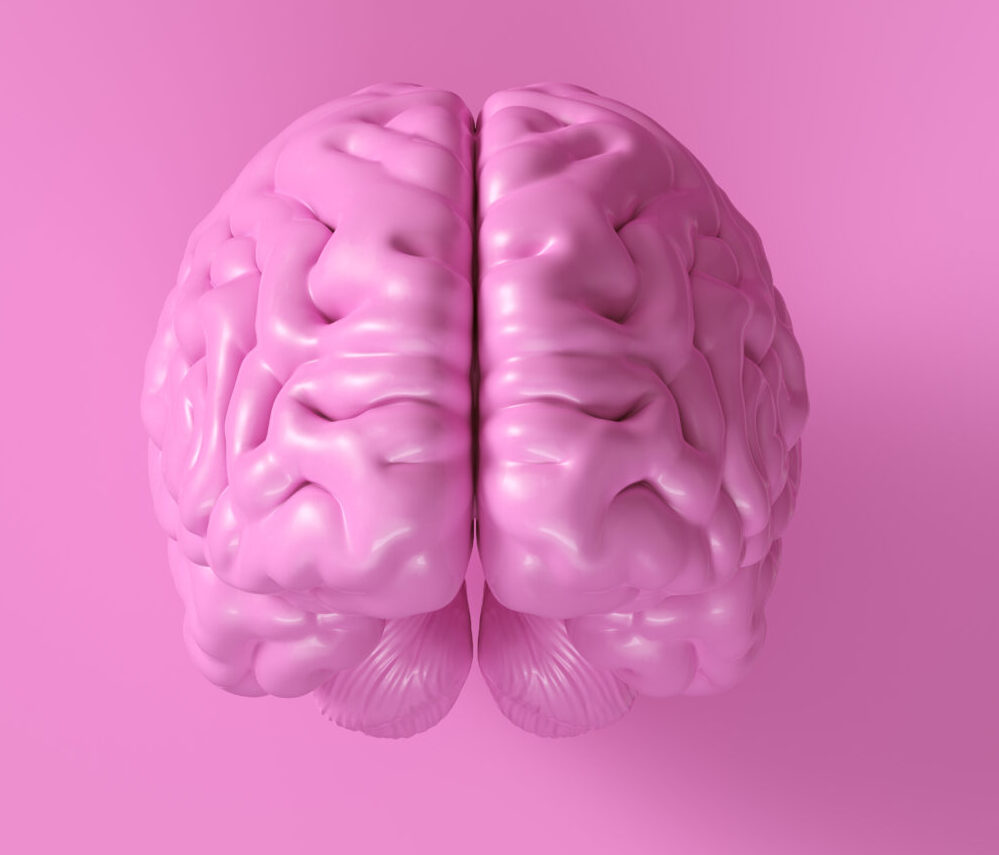Understanding the Spectrum of Alzheimer’s Clinical Presentations
**Understanding the Spectrum of Alzheimer’s Clinical Presentations**
Alzheimer’s disease is a complex condition that affects millions of people worldwide. It is often misunderstood as a single disease, but in reality, it presents in various ways, making diagnosis and treatment challenging. In this article, we will explore the different clinical presentations of Alzheimer’s disease and how they can be distinguished from other conditions.
### What is Alzheimer’s Disease?
Alzheimer’s disease is the most common form of dementia, affecting over 60% of people with dementia. It typically starts with subtle memory changes, such as forgetting recent events or learning new information. Over time, other cognitive functions like speech, language, and problem-solving abilities are affected. For example, someone who has been driving to the grocery store for years might get lost due to a detour, or they might have trouble paying bills[2].
### The Spectrum of Alzheimer’s Presentations
Alzheimer’s disease can manifest in different ways, making it essential to understand these variations. Here are some key points:
– **Memory Impairment**: The earliest and most common symptom is memory loss. This can range from forgetting recent events to difficulty recalling familiar tasks. Unlike typical age-related memory changes, Alzheimer’s-related memory loss disrupts daily life and can lead to confusion about time and place[3].
– **Executive Function and Judgment**: As the disease progresses, individuals may struggle with planning, problem-solving, and making decisions. They might find it challenging to complete familiar tasks or manage finances[3].
– **Behavioral and Psychological Symptoms**: Changes in mood and personality are common. People with Alzheimer’s might become withdrawn, irritable, or anxious. They may also exhibit behavioral changes like loss of empathy or sense of humor[3].
### Distinguishing Alzheimer’s from Other Conditions
Alzheimer’s disease is often confused with other forms of dementia. Here’s how to distinguish it:
– **Frontotemporal Dementia**: This type of dementia affects the front and temporal lobes of the brain. It is characterized by changes in behavior, such as loss of empathy or sense of humor, and can occur at a younger age than Alzheimer’s[2].
– **Vascular Dementia**: Caused by reduced blood flow to the brain, often due to stroke or small vessel disease. Symptoms can include difficulty with coordination and increased unsteadiness[5].
– **Lewy Body Dementia**: Characterized by visual hallucinations and fluctuations in cognitive function. People with Lewy body dementia might see people or objects that aren’t there, and their gait can be affected[5].
### Importance of Early Detection
Early detection is crucial for managing Alzheimer’s disease effectively. While the symptoms may seem subtle at first, they can progress significantly over time. Here are some signs to look out for:
– **Memory Loss**: Forgetting recent events or learning new information.
– **Difficulty with Daily Tasks**: Trouble completing familiar tasks, such as managing finances or household chores.
– **Changes in Mood and Behavior**: Withdrawal, irritability, or anxiety.
– **Movement Symptoms**: Changes in gait, difficulty with coordination, increased unsteadiness, or limb stiffness[5].
### Advanced Diagnostic Tools
Recent advancements in diagnostic tools have improved the ability to distinguish Alzheimer’s from other conditions. Techniques like Fluorodeoxyglucose Positron Emission Tomography (FDG-PET) can reveal patterns of hypometabolism in the medial temporal lobe, supporting the diagnosis of Alzheimer’s disease[1].
### Conclusion
Alzheimer’s disease is a complex condition with various clinical presentations. Understanding these differences is essential for accurate diagnosis and effective treatment. By recognizing the early signs and using advanced diagnostic tools, healthcare providers can better manage Alzheimer’s disease and improve the quality of life for those affected.
Remember, while everyone’s experience with Alzheimer’s is unique, early detection and proper diagnosis are key to managing this condition effectively. If you or someone you know is experiencing





